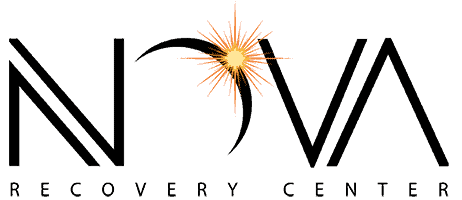Triazolam Addiction: Withdrawal, Detox, and Treatment
GET HELP TODAY!
100% Confidentiality Guaranteed
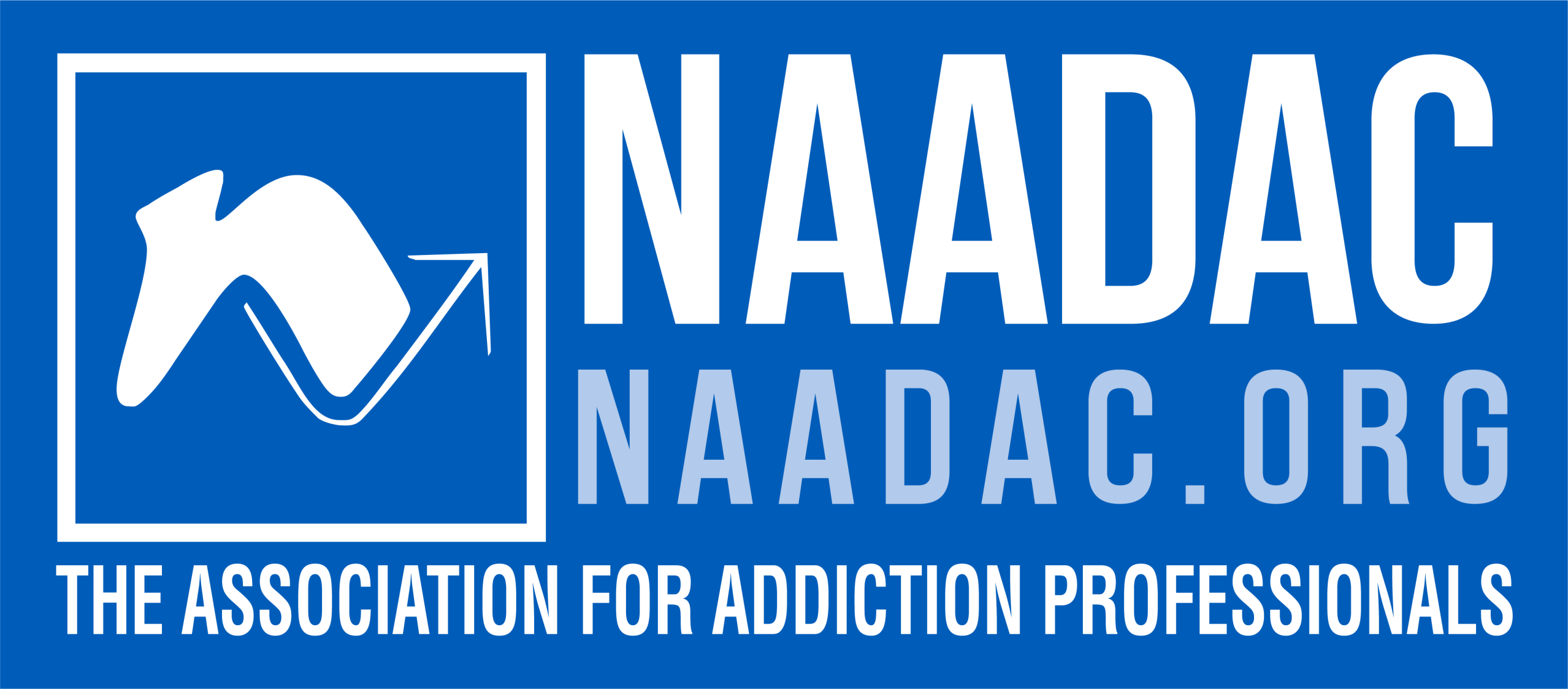
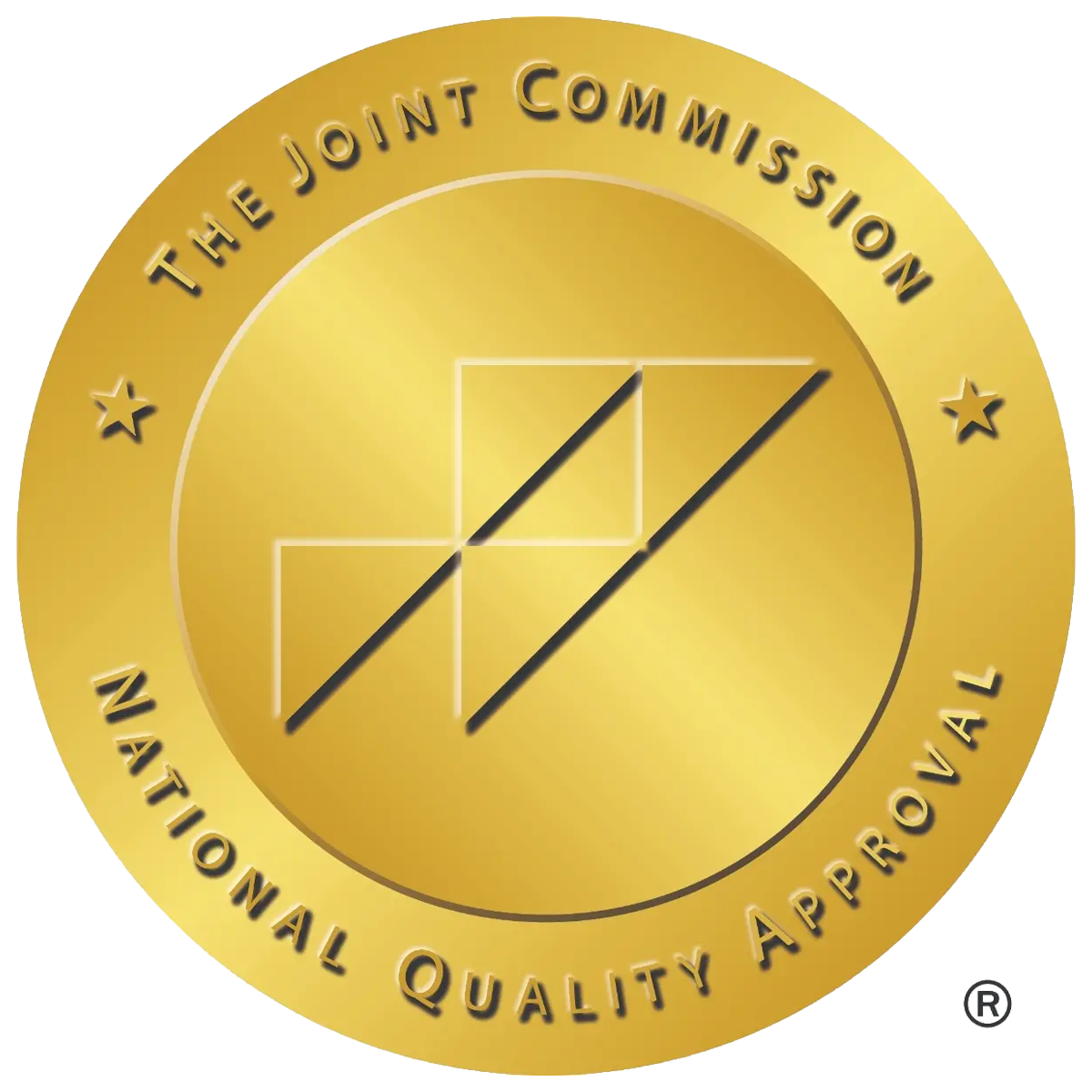
Triazolam (Halcion) At a Glance: Key Facts on Use, Risks, and Recovery
What it is: Triazolam, sold under the brand name Halcion, is a fast-acting benzodiazepine prescribed for short-term treatment of insomnia by slowing brain activity.
Onset & duration: Effects begin within 15–30 minutes and last about 2–4 hours, though next-day grogginess, memory issues, or coordination problems can occur.
Usage warning: Intended only for short-term use, typically no longer than 10 days, due to the high risk of tolerance, dependence, and addiction.
Misuse risks: Taking larger doses or mixing with alcohol, opioids, or other substances can increase the risk of overdose, serious side effects, and long-term health consequences.
Regulatory status: Classified as a Schedule IV controlled substance, meaning it has accepted medical uses but also carries a potential for abuse.
Table of Contents
What Is Triazolam (Halcion)?
Triazolam, sold under the brand name Halcion, is a fast-acting benzodiazepine used to treat insomnia. It helps users fall asleep by slowing down brain activity. The effects begin quickly and usually last two to four hours.
Doctors prescribe Triazolam for short-term use only—typically no more than 10 days. Using it longer can lead to physical dependence and triazolam addiction. Even using the drug for a short period of time may cause problems.
Some people abuse Triazolam to feel calm or mildly euphoric. Others mix it with alcohol or other substances to increase its effects. This behavior increases the risk of overdose and long-term damage.
The Drug Enforcement Administration classifies Triazolam as a Schedule IV substance. This means it has accepted medical use but can still be addictive when misused.
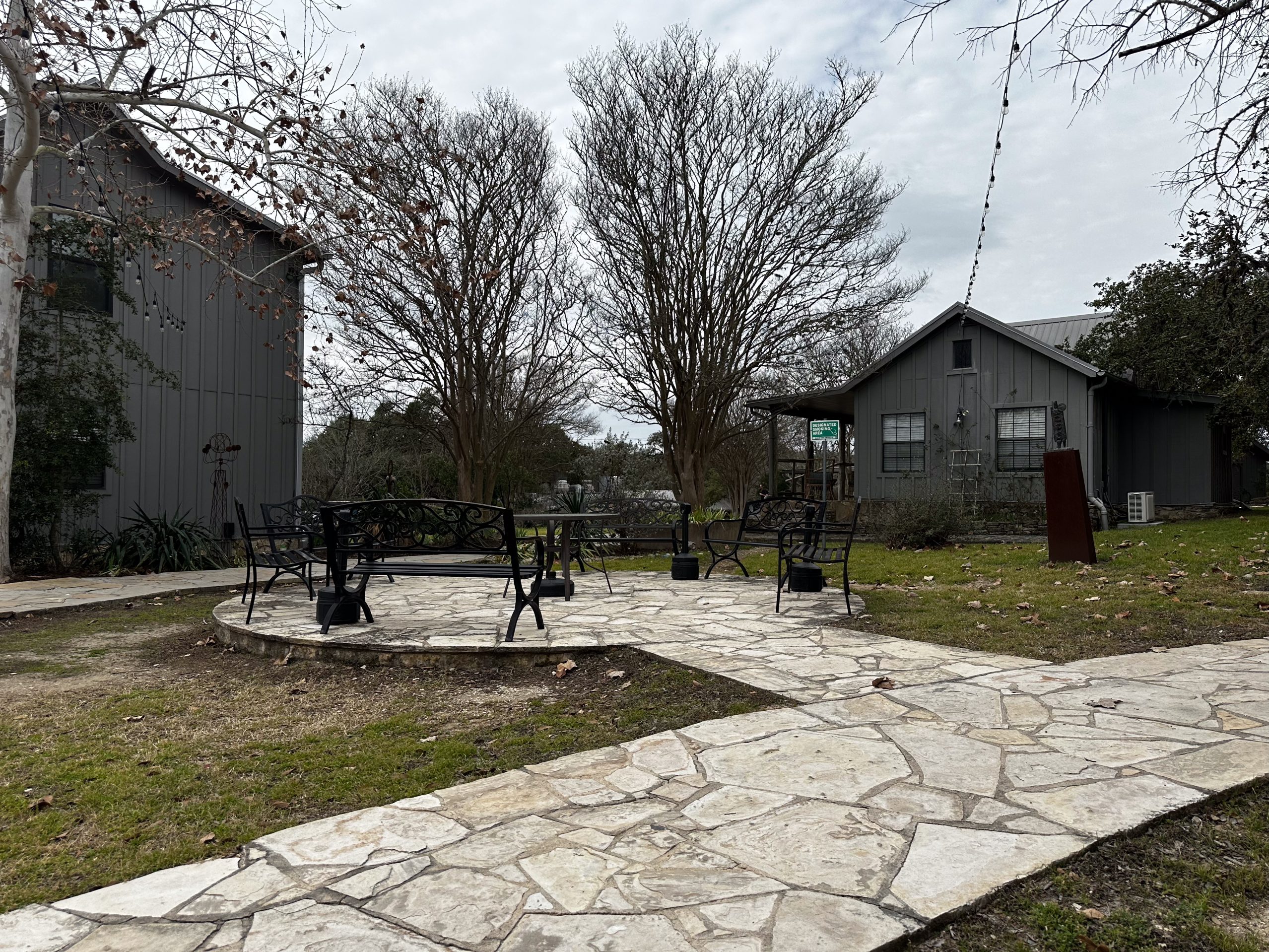
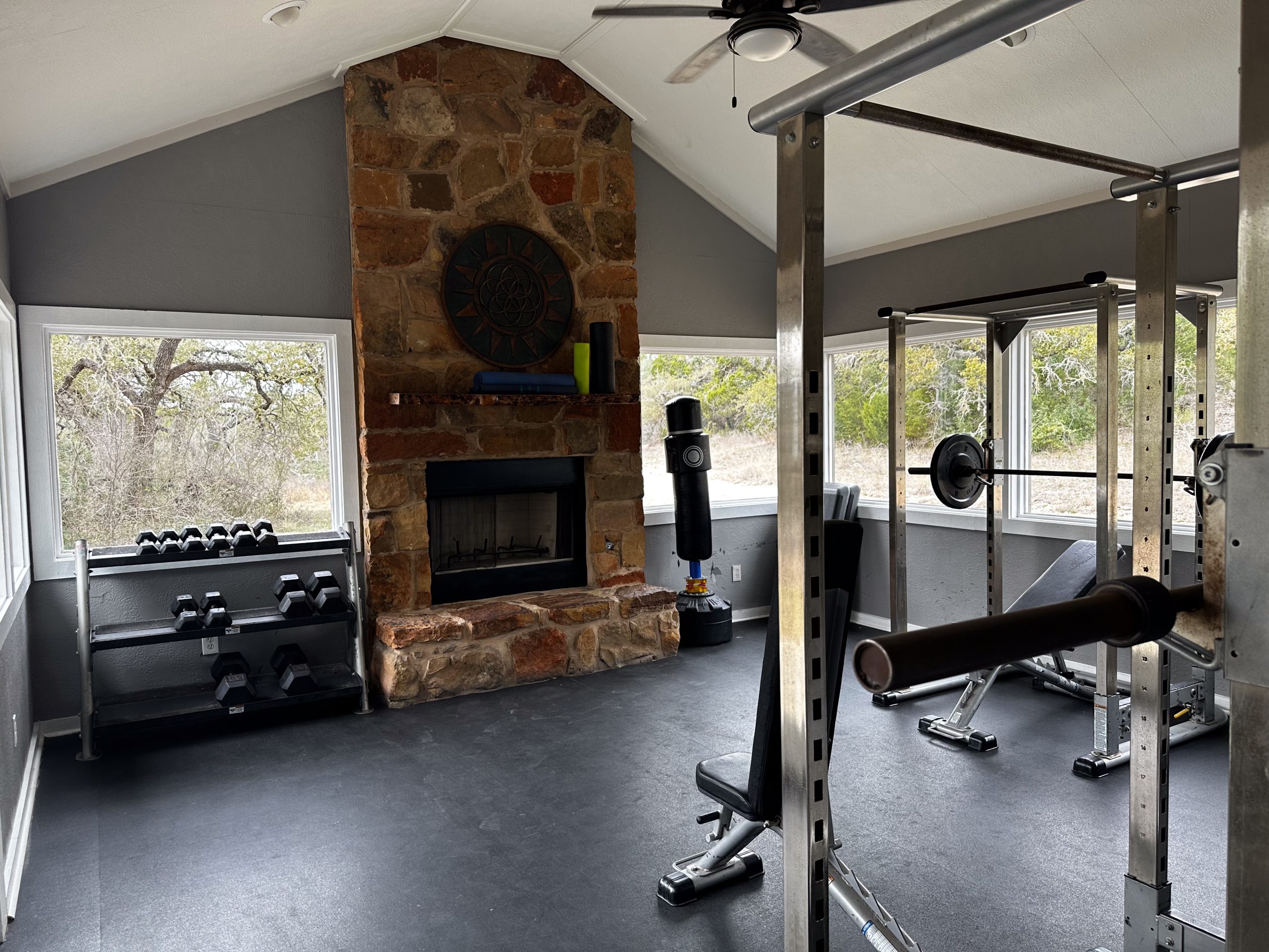
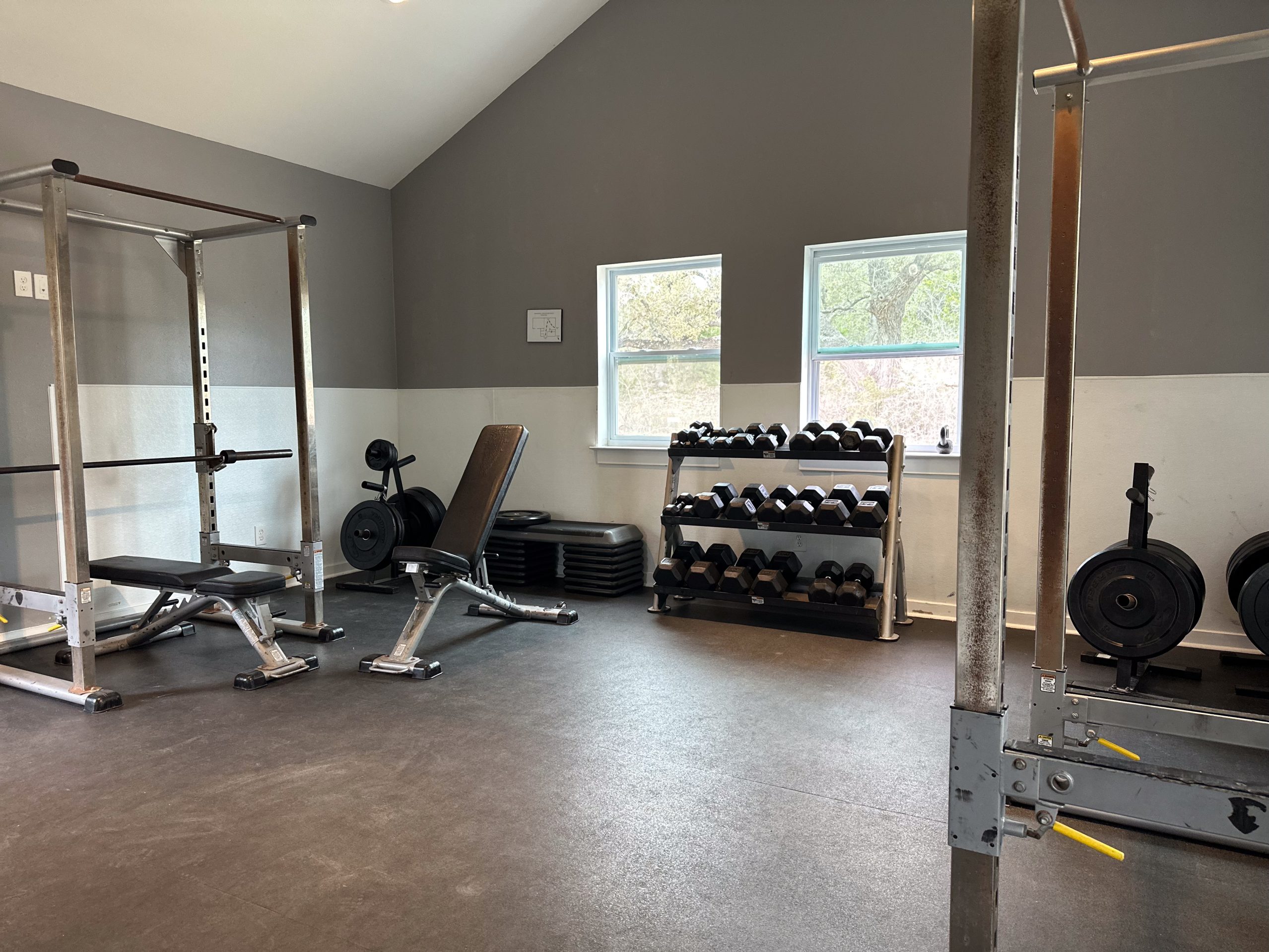

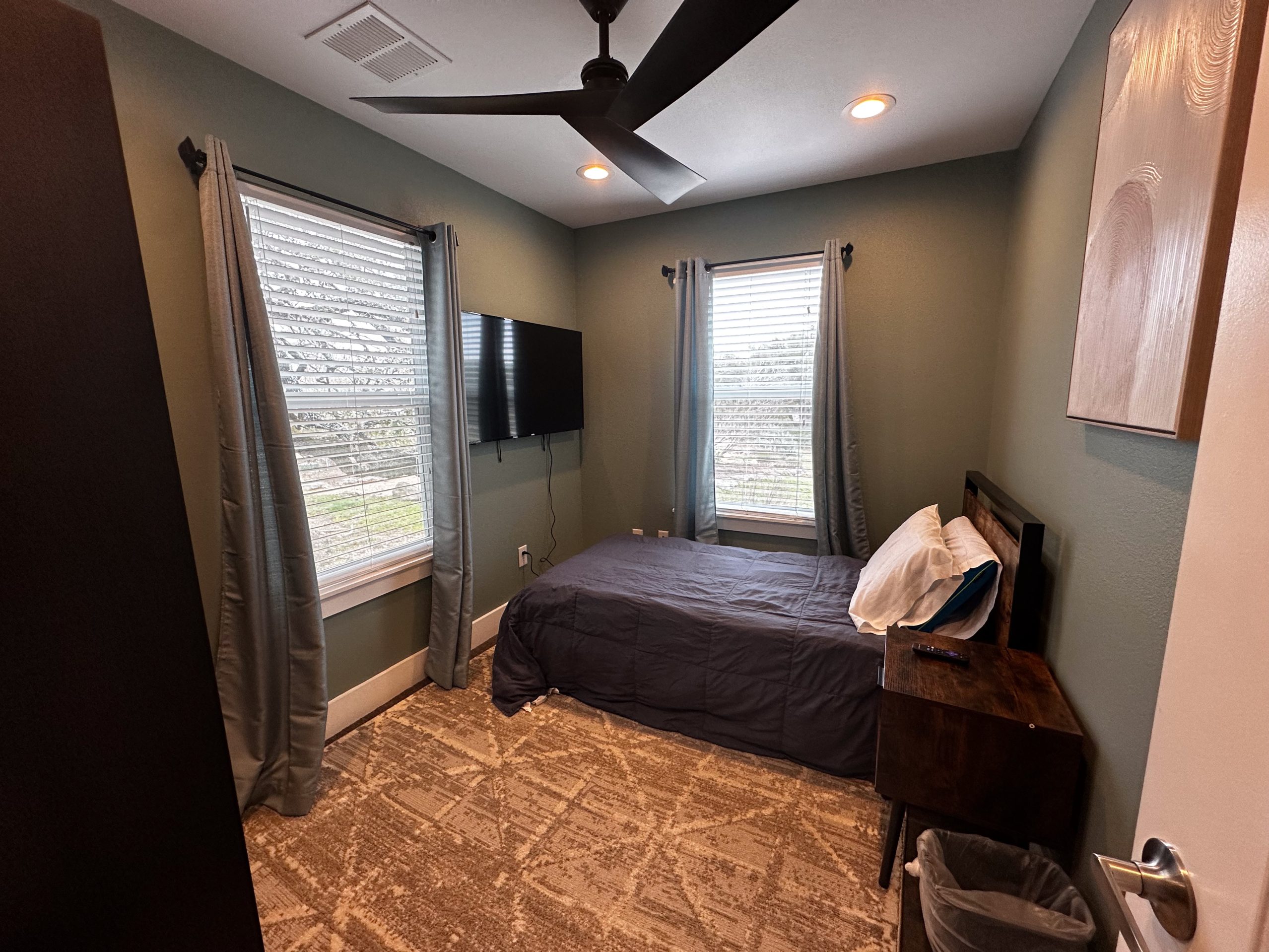

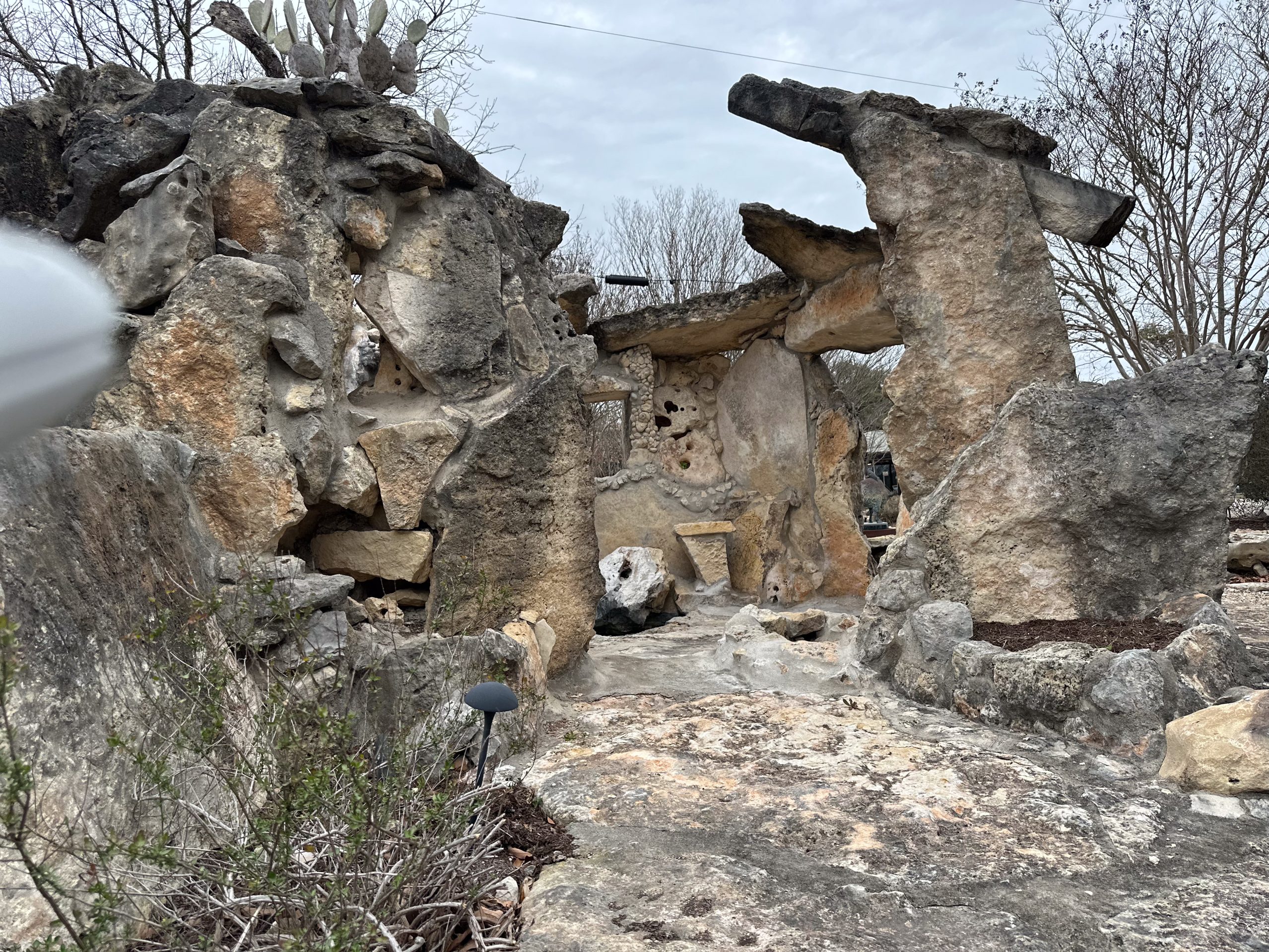

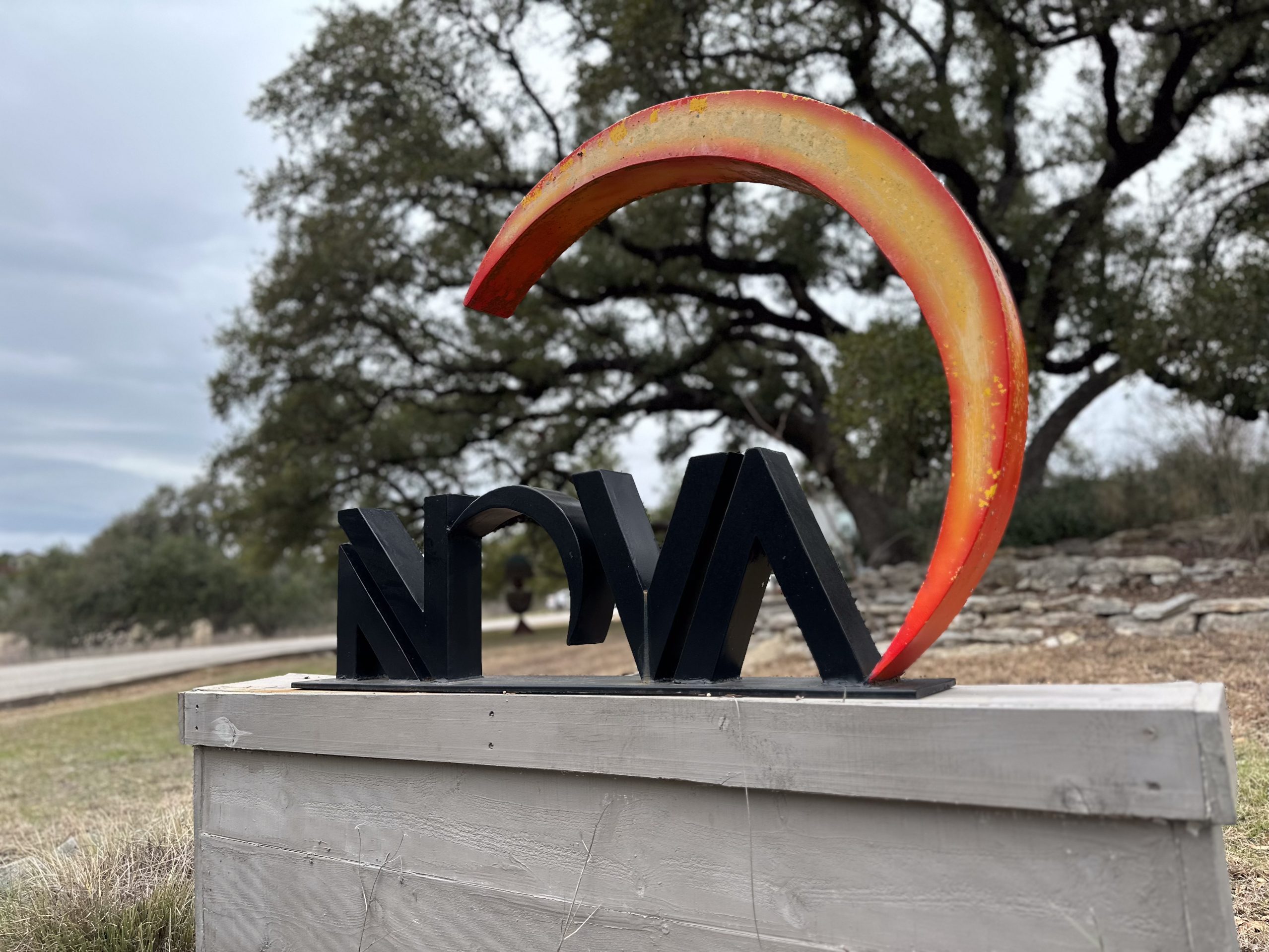

Discover More About Sedatives and Tranquilizers
Everything You Need to Know...
Slang Names for Triazolam
Street names for Triazolam include:
- Zombie pills
- A-
- Up Johns
These slang terms often appear in discussions about drug misuse.
How Common Is Triazolam Abuse?
The national survey on drug use shows that millions of Americans misuse prescription drugs, including sedatives like Triazolam. According to SAMHSA, about 6.4 million people aged 12 or older misused these drugs in one year. That’s roughly 2.4% of the U.S. population.
Prescription drug abuse and addiction remain serious health issues. The Centers for Disease Control and Prevention (CDC) reports over 72,000 deaths from drug overdoses in a single year.
Triazolam Side Effects
Using Triazolam improperly can lead to harmful side effects. These can affect both the body and mind.
Short-term effects:
- Drowsiness
- Confusion
- Dizziness
- Trouble concentrating
- Slowed breathing
- Poor balance or coordination
- Memory problems
Long-term effects:
- Cognitive decline
- Depression
- Sexual dysfunction
- Mood swings
- Ongoing fatigue
- Trouble managing daily life
These side effects can get worse over time if the drug use continues.
Signs of Triazolam Addiction
Triazolam addiction is serious but often goes unnoticed. If you or someone you know shows these signs, it’s important to seek help:
- Craving Triazolam regularly
- Taking larger or more frequent doses
- Trying to cut back but failing
- Feeling symptoms of withdrawal
- Lying to family members about usage
- Giving up hobbies or activities
- Needing Triazolam to fall asleep
- Using Triazolam with alcohol or drugs
- Using it despite negative consequences
- Building a tolerance
These signs suggest a growing dependence and a need for addiction treatment options.
Overdose Symptoms
An overdose on Triazolam can happen suddenly. It’s often caused by taking too much or mixing the drug with other substances. Look out for:
- Severe drowsiness
- Confusion
- Slurred speech
- Shallow breathing
- Lack of coordination
- Seizures
- Loss of consciousness
- Coma
- Death
If an overdose is suspected, seek emergency medical care or call Poison Control right away.
How Long Do Triazolam’s Effects Last?
The calming effects of Triazolam start quickly—usually within minutes—and last between 90 minutes and three hours. While short-acting, the drug stays in the body longer and can build up with repeated use.
More Time. More Joy. More You. Start Now.
WE ACCEPT MOST INSURANCES







Triazolam Withdrawal Symptoms
Stopping Triazolam suddenly can cause intense symptoms of withdrawal. This is a sign of physical dependence.
Common symptoms include:
- Strong cravings
- Rebound insomnia
- Anxiety and irritability
- Muscle pain
- Chills and sweating
- Confusion
- Vomiting or nausea
- Tremors
- Headache
- Fever
- Loss of appetite
- Irregular heartbeat
- Seizures
These symptoms are not only uncomfortable—they can be dangerous.
Safe Triazolam Detox
Detoxing from Triazolam should always be medically supervised. A detox program helps manage symptoms and ensures safety.
Detoxing at home can be life threatening due to the risk of seizures or relapse. Many people try to use drugs or alcohol again just to escape withdrawal symptoms.
In a medical setting, staff monitor your progress 24/7. They provide medical assistance and gradually taper the drug to make detox easier and safer.
Withdrawal Timeline
The length and intensity of withdrawal vary depending on factors like:
- Length of use
- Dosage taken
- Other drugs used
- Presence of mental health conditions
- Physical health conditions
- Detox method used
A general timeline is:
- 6–8 hours after last dose: Early symptoms begin.
- 48 hours: Peak withdrawal discomfort.
- 4–5 days: Symptoms start to fade.
This period of time can be difficult, but support makes a big difference.
Freedom Starts Here. Take Back Your Life Today.
Same-Day Admissions in Austin Available.
Addiction Treatment After Detox
Completing detox is just the beginning. Continued care is vital for long term recovery.
There are many treatment options available to support sobriety and prevent relapse. These include:
- Individual counseling
- Group therapies
- Behavioral therapies
- Support groups
- Family therapy
- Cognitive behavioral therapy CBT
- Cognitive behavioral therapies
Each treatment plan should be tailored to the individual’s health conditions, lifestyle, and support system.
Inpatient vs. Outpatient Drug Rehab
Inpatient Drug Rehab
Inpatient rehab involves living at the treatment facility. It offers structure, 24/7 medical care, and intensive therapy.
Patients follow a daily schedule that may include:
- One-on-one therapy
- Group counseling
- Healthy meals
- Meditation
- Fitness activities
Inpatient treatment services are ideal for people with severe addiction or mental health issues.
Outpatient Drug Rehab
Outpatient treatment programs offer flexibility. Clients live at home but attend therapy sessions several times per week. An outpatient rehab program may involve:
- Educational sessions
- Group discussions
- 12-step work
- Relapse prevention training
An intensive outpatient program IOP provides more structure and support than regular outpatient care. These programs are great for individuals with responsibilities at work, school, or home.
Whether you choose inpatient or outpatient care, both can be effective depending on your needs.
Levels of Care and Support
Rehab centers often provide different levels of care, such as:
- Residential care
- Intensive outpatient program
- Outpatient program IOP
- Aftercare services
This approach allows treatment to evolve as recovery progresses.
Triazolam (Halcion) Frequently Asked Questions
What does the drug Triazolam do?
Triazolam, sold under the brand name Halcion, is a benzodiazepine prescribed for short-term insomnia relief. It works by slowing brain activity, making it easier to fall asleep quickly and stay asleep for a few hours.
Is Xanax and Triazolam the same thing?
No, Xanax (alprazolam) and Triazolam are different benzodiazepines. While both are central nervous system depressants, Xanax is typically used for anxiety disorders, whereas Triazolam is primarily prescribed as a sleep aid for short-term insomnia.
How long does Triazolam sedation last?
The sedative effects of Triazolam usually begin within 15–30 minutes and last about 2–4 hours. However, some people may still feel groggy or experience coordination and memory problems the next day.
Is Triazolam stronger than Lorazepam?
Triazolam is considered more potent for inducing sleep but has a shorter duration of action than lorazepam. Lorazepam is often used for anxiety and can last longer in the body, while Triazolam is reserved for very short-term insomnia treatment.
Is Halcion the same as Xanax?
Halcion is the brand name for Triazolam, not Xanax. Both are benzodiazepines but prescribed for different conditions.
Is Halcion a strong sedative?
Yes, Halcion is a strong, fast-acting sedative designed to help people fall asleep quickly. Because of its potency, it is generally prescribed for only a few days to avoid dependence and withdrawal issues.
What does Halcion do for dental work?
Some dentists prescribe Halcion before procedures as a form of sedation dentistry. It helps patients relax, reduces anxiety, and can cause drowsiness or mild amnesia during the treatment.
Do they still prescribe Halcion?
Yes, Halcion is still prescribed but less frequently than in the past due to its high risk of dependence and side effects. It is usually considered only when other sleep medications are ineffective.
What drugs are benzodiazepines?
Common benzodiazepines include Triazolam (Halcion), Xanax (alprazolam), Valium (diazepam), Ativan (lorazepam), and Klonopin (clonazepam). Each has different uses, from treating anxiety and seizures to managing insomnia.
What is the safest benzo for anxiety?
The safest benzodiazepine depends on the individual’s health, age, and medical history. While some doctors may prefer short-acting options, others prescribe longer-acting medications. Non-benzodiazepine treatments are often recommended first due to the risk of dependence.
Is triazolam a sleeping pill?
Yes. Triazolam is a short-acting benzodiazepine hypnotic prescribed for short-term treatment of insomnia.
How long does triazolam take to kick in?
It usually starts working within 15–30 minutes. Take it right before bed when you can devote a full night to sleep.
How long does triazolam sedation last?
Sedation typically lasts 2–6 hours, but memory/coordination problems or next-day grogginess can persist—especially with higher doses, repeat dosing, or when mixed with other sedatives.
Is Xanax and triazolam the same thing?
No. Both are benzodiazepines, but triazolam is mainly for sleep; Xanax (alprazolam) is used for anxiety/panic. They differ in onset, duration, and dosing.
What is stronger, triazolam or alprazolam?
“Stronger” depends on dose and purpose (sleep vs. anxiety). Both are potent. Your prescriber selects the safest option for your symptoms and health history.
Will triazolam knock me out?
At prescribed doses it helps you fall asleep. Taking more than prescribed or mixing with other depressants can cause dangerous oversedation, breathing problems, and amnesia—never do this.
What is the danger of triazolam?
Risks include dependence, tolerance, rebound insomnia, anterograde amnesia, impaired coordination/falls, complex sleep behaviors (e.g., sleep-walking/driving), and respiratory depression—especially with alcohol, opioids, or other sedatives. Abruptly stopping after regular use can trigger withdrawal or seizures.
Can you take triazolam with quetiapine (Seroquel)?
Only if a clinician specifically instructs you to. The combination can cause additive sedation, dizziness, low blood pressure, and falls.
Can you take Xanax and triazolam together?
No—avoid. Using two benzodiazepines together adds no benefit and raises overdose and blackout risk.
Is triazolam safe during pregnancy?
Generally not recommended. Benzodiazepines in pregnancy have been linked to neonatal sedation/withdrawal and other risks. Discuss safer insomnia strategies with your OB-GYN.
Safety tips
- Do not mix triazolam with alcohol, opioids, other sleep meds, or benzodiazepines.
- Avoid strong CYP3A inhibitors (e.g., ketoconazole, clarithromycin, ritonavir, grapefruit) unless your prescriber says otherwise—they can dramatically raise triazolam levels.
- Use the lowest effective dose for the shortest time, and taper under medical guidance.
Other Outpatient Drug and Alcohol Rehab Locations
Continued Support: Sober Living and Aftercare
Sober Living Programs
Sober living homes help people transition back into daily life after treatment. These homes are substance-free and offer continued support.
Rules often include:
- Staying sober
- Attending recovery meetings
- Participating in chores or job searches
- Respecting house curfews
Sober living helps individuals build structure and accountability.
Aftercare Programs
Aftercare helps people stay on track. Weekly meetings give participants a safe space to:
- Talk about triggers
- Learn coping skills
- Give and receive encouragement
- Stay focused on recovery
These programs often include support groups, counseling, and help from social workers.
Treating Mental Health Conditions
Many people who struggle with addiction also face mental health issues such as:
- Anxiety
- Depression
- Eating disorders
- PTSD
- Bipolar disorder
Addressing both problems together is crucial. This is called dual diagnosis treatment.
Care teams often include mental health professionals who offer:
- Medication support
- Counseling
- Education about mental illness
- Resources for family and friends
Proper treatment leads to better long-term results.
If you’re dealing with Triazolam addiction, you’re not alone. Help is available. Whether you’re starting with detox or exploring outpatient care, the path to recovery is possible. Reach out to a licensed treatment center today to learn about medical assistance, outpatient treatment programs, and recovery support services tailored to your needs.
